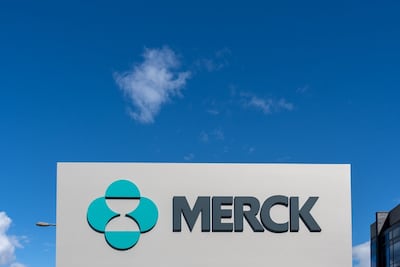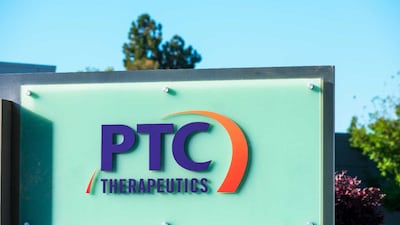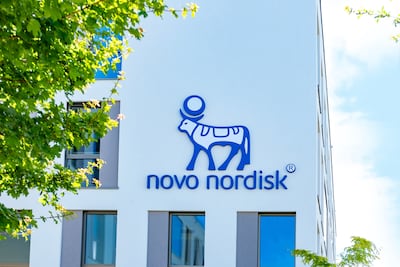The Garvan Institute of Medical Research in Sydney was founded in 1963, at which time it functioned as St. Vincent's Hospital's endocrine research department. The Garvan became an autonomous research institute in 1984 and maintains formal affiliations with St. Vincent's and the University of New South Wales . Its 210 scientists, of whom 50 are MDs or PhDs, focus on understanding the genetic basis of cancer, osteoporosis, arthritis, and mental illness.
Sponsored research funding and tech transfer fees generated $3.9 million (Australian) for the Institute in 1997 and $3.4 million in...
Read the full article – start your free trial today!
Join thousands of industry professionals who rely on Scrip for daily insights
- Start your 7-day free trial
- Explore trusted news, analysis, and insights
- Access comprehensive global coverage
- Enjoy instant access – no credit card required
Already a subscriber?







